Scar Revision Treatments

Scar Treatments at Rejuvience Med Spa Scottsdale
Scar revision treatments reduce and can even eleminate the appearance of scars caused by an injury, wound, acne lesions, poor healing, acne, or surgery.
Most scars need 12 to 18 months to heal before revision treatments begin because new scars usually don’t respond well.
During the first 12 months following a skin injury medical grade bioactive topicals can help reduce creation scar tissue.
Optimal scar revision treatment recommendations require a complimentary consultation. There’s no cost, and there’s no obligation. During your appointment, we’ll discuss your concerns and treatment options.
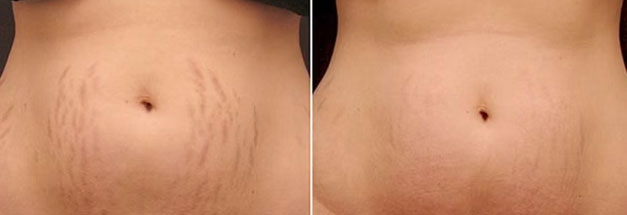
Stretch Mark Treatments
Stretch marks are atrophic (depressed) scars that are caused by the skin stretching or shrinking too quickly, leading to damage to the collagen and elastin fibers, resulting in visible, discolored lines.
Today’s fractional treatments can dramatically diminish stretch marks. A complimentary consultation for stretch mark treatments is required.
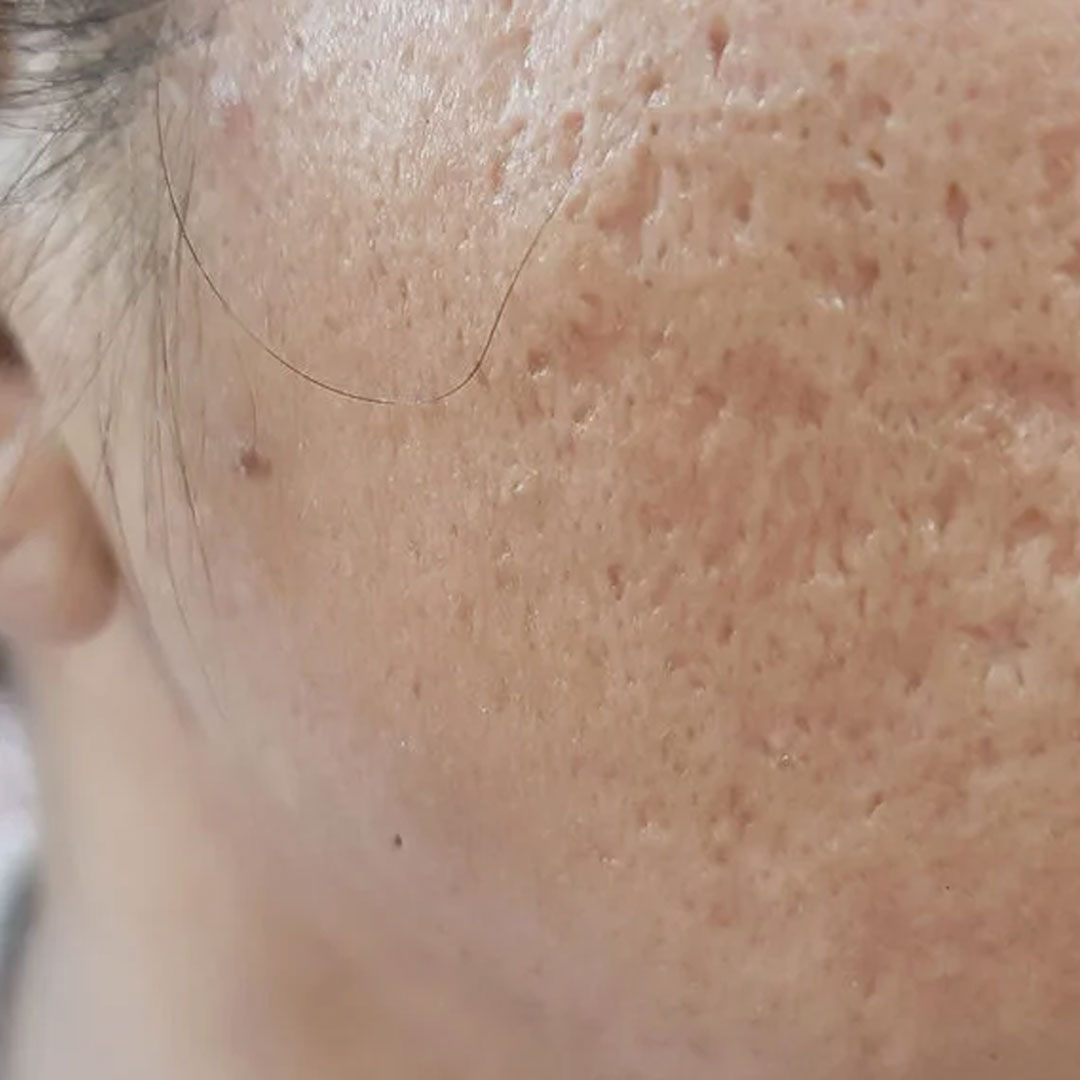
Acne Scar Treatments
Acne scars are usually atrophic, meaning a depressed scar that heals below the normal layer of skin tissue.
There are three main types of atrophic acne scars:
- Boxcar Scars, which look like round or oval craters in the skin
- Ice pick scars, which are small, deep, narrow scars
- Rolling scars, which form when bands of scar tissue grow under the skin, giving it an uneven appearance
Because acne scars can vary so dramatically from person to person, a complimentary consultation is required.
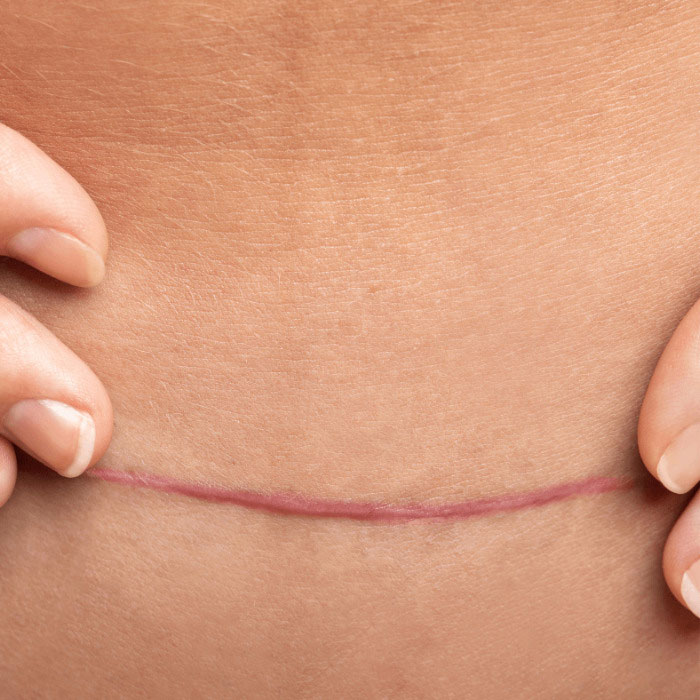
Surgical Scar Treatments
An ideal surgical scar is one that is largely undetectable, meaning that the tissue is at the same level as the adjacent tissue and has the same color as the surrounding skin.
Surgical scar treatment can begin with advanced regenerative topicals and LED Light Therapy that help ensure the wound heals properly.
Once a surgical scar has completely healed, tissue level disparity and coloration differences can be assessed for a treatment plan.
Surgical scar treatment plans require a complimentary consultation. There is cost, and there is no obligation.
About Scars
What Are The Types of Scars?
Superficial Scars
Superficial scars are long, thin, and typically flat. They do not cause any issue other than an unsightly appearance.
Contractures
Contractures are scars that restrict movement due to skin and underlying tissue after a large area of skin is damaged. The scar that is formed pulls the edges of the skin together, which causes a tight area of skin. The contracted skin can affect the muscles, joints, and/or tendons, causing a decrease in movement.
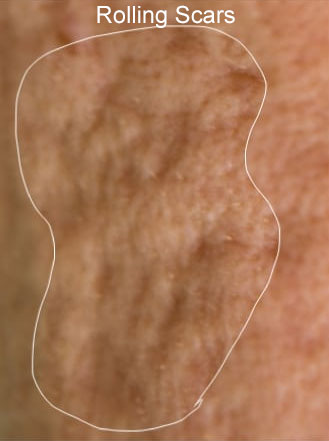
About Atrophic Scars
Atrophic scars form when the skin is unable to regenerate tissue which leaves a sunken appearance. Atrophic scars are often caused by acne or burns.
Atrophic scars are further categorized into boxcar, icepick, or rolling scars.
Boxcar scars are wider than they are deep and have sharply defined edges.
Icepick scars are narrow pitted scars that are deeper than they are wide.
Rolling scars are broad depressions with sloping edges.
Atrophic scars typically respond particularly well to medical microneedling.
About Hypertrophic and Keloid Scars
Hypertrophic scars are thick clusters of collagen caused when there is tension on the skin at a wound. They are often red, but may be darker or lighter than the surrounding skin. They may also be itchy or painful.
Hypertrophic Scars are often thick and raised, but not as raised as keloid scars. While they do not grow beyond the boundaries of the original wound, if untreated, they may become wider over time.
Keloid scars are larger than hypertrophic scars, but like hypertrophic scars can be painful or itchy. Unlike hypertrophic scars, keloid scars expand in claw-like growths over normal skin and extend beyond the edges of an original wound.
Keloid scars may also pucker. Keloid scars are caused by an overgrowth of collagen during wound healing. Colors vary from pink to the color of the person’s skin to red to dark brown.
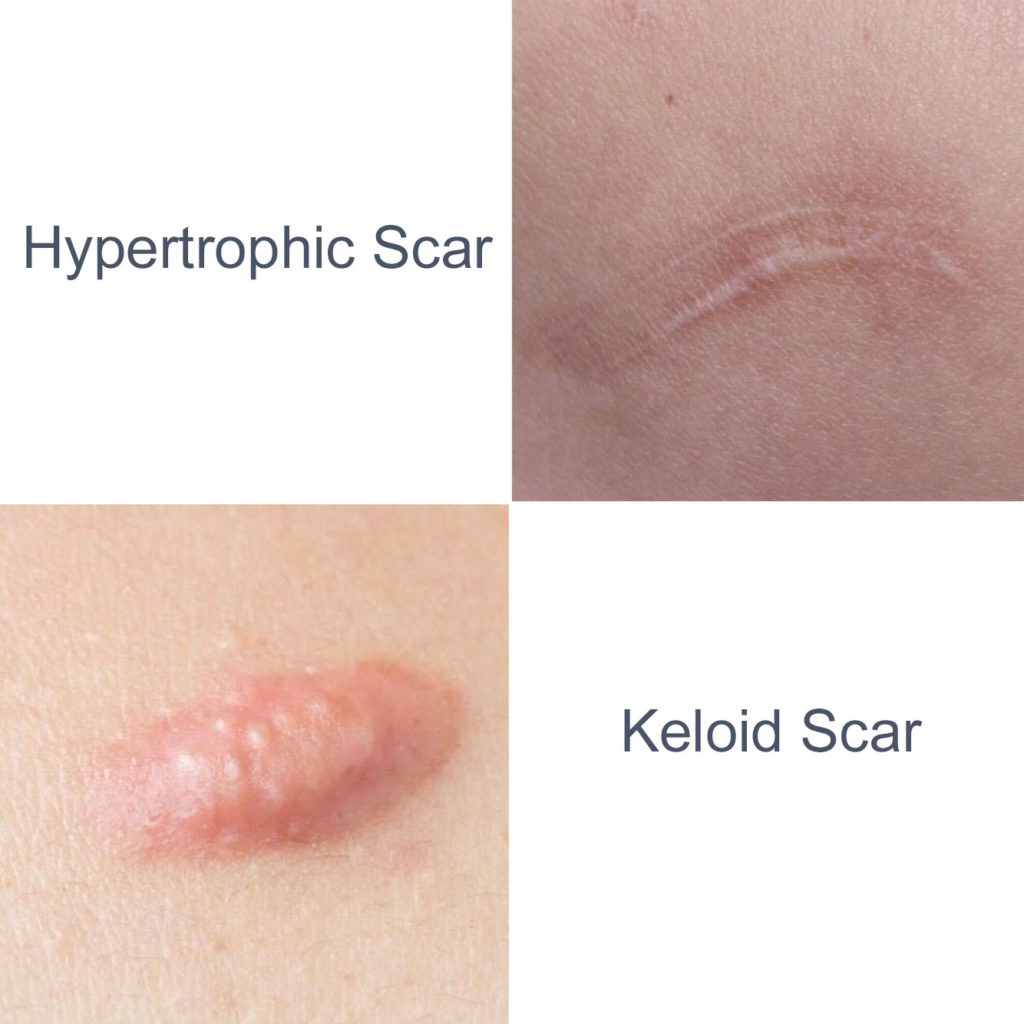
Our Scar Revison Treatments
While it seems counterintuitive, treating scar tissue by causing controlled damage to the scar tissue damage allows new, healthier and more normal looking tissue to form. Minor scars can often be almost completely erased. Larger scars can have their appearance reduced, sometimes dramatically, with complete scar removal possible in some cases.
When to have scar revision treatments is not always clear. Scars do shrink and become less noticeable as they age. Each scar is different, and the type of scar you have and other factors determine the optimal treatment regime.
Optimal scar revision treatment recommendations require a complimentary consultation. During your appointment, we’ll discuss your concerns and treatment options. There’s no cost, and there’s no obligation.
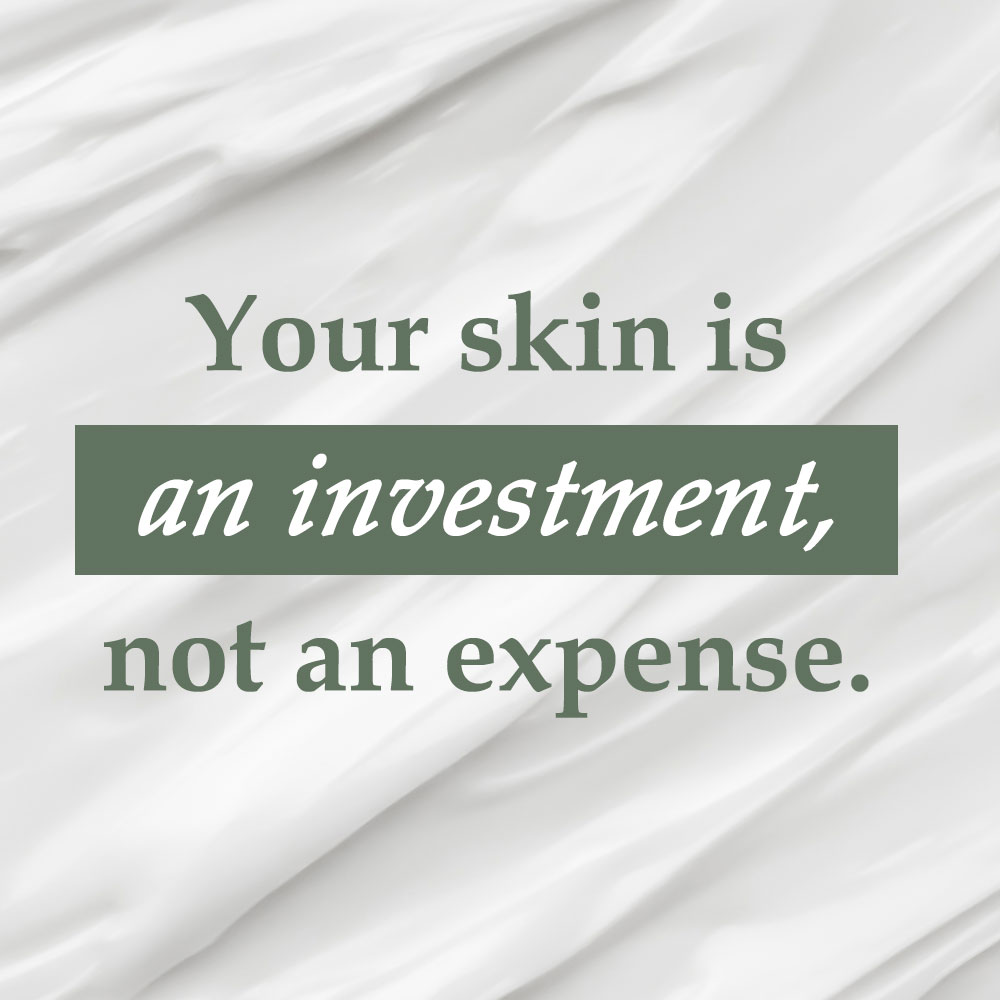
If you are not sure if your scar is ready for treatment, or which mix of treatments and/or products will best erase your scar, please book a complimentary consultation.
There’s no cost, and there’s no obligation. During your appointment we’ll discuss your concerns and treatment options.
We understand we are not the right fit for everyone, and we do refer out when we think a different specialist will be of more help.






